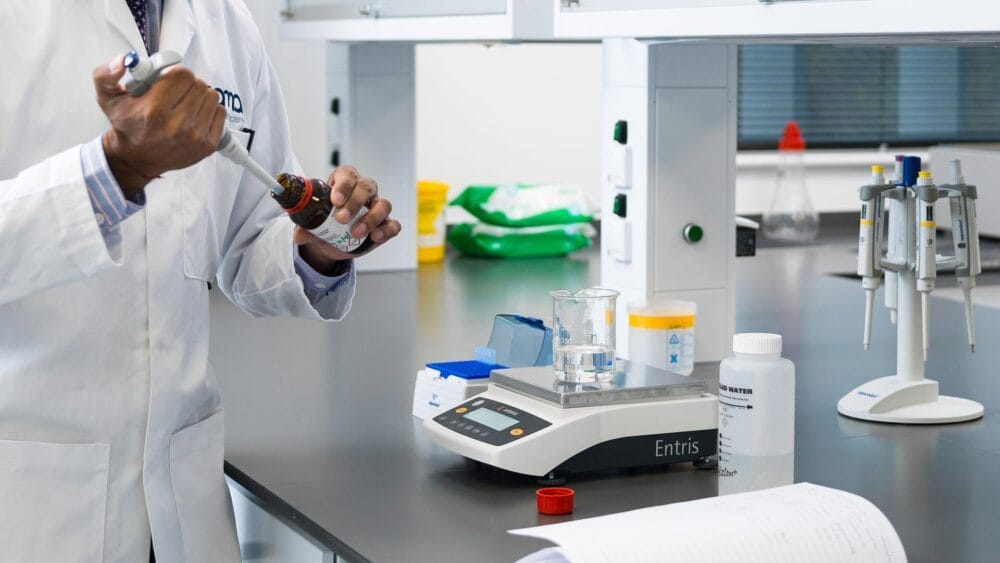Posted
19th July 2019
Research
It is generally accepted that sodium hypochlorite and other chlorine-releasing disinfectants are effective sporicides. Whilst this can sometimes be the case, it depends on the circumstances. A recent laboratory study showed that spores dried onto various model hospital surfaces remained viable and able to transfer to other surfaces following disinfection with a 1000 ppm chlorine-releasing disinfectant, illustrating the limitations of chlorine-based disinfectants for tackling C. difficile in healthcare settings.
C. difficile spores were inoculated onto three types of material: a surgical gown, stainless steel, and vinyl. The surfaces were then treated with an in-use concentration of 1000ppm of a chlorine-releasing disinfectant for 10 minutes. Then, treated and untreated surfaces were tested to see whether they could transfer viable C. difficile spores. Overall, there was considerable transfer of viable spores for the various different strains and spore preparations tested both before and after chlorine disinfection. In most cases, around 1-3 log of C. difficile spores were transferred from untreated surfaces, and 0-2 log of C. difficile transferred from treated surfaces.
There appeared to be a difference in the impact of chlorine disinfection based on the material tested: spores dried onto stainless steel were more susceptible to chlorine disinfection than spores dried onto vinyl or gown material. Electron microscopy analysis hinted at a possible reason for this, illustrating a dense network of spores in the fibres of the gown material, compared with a less dense network of spores on stainless steel surfaces.
A surprising lack of sporicidal activity of disinfectants has been a theme of this blog in recent months. This has been mainly around inappropriate testing methods, or the inappropriate performance of appropriate testing methods, resulting a false sporicidal label claim. Here, the issue is different: a sporicidal agent being applied at an in-use concentration being unable to eliminate spores in laboratory tests designed to simulate real-world scenarios. These findings raise important questions over the use of 1000ppm chlorine-releasing disinfectants for tackling C. difficile in healthcare settings.
SHARE THIS ARTICLE
Tags
Latest News
Introducing HEXI HUB: A seamless transition in our product line
We’re pleased to announce an update to our product offering…
Innovative solutions for tackling Carbapenemase-producing Enterobacteriaceae (CPE) at King’s College Hospitals
King’s College Hospital NHS Foundation Trust, one of London’s largest…
Gloves Off: reducing unnecessary plastic waste during environmental cleaning and disinfection
In this blog, Dr Phil Norville discusses the momentum-gaining ‘Gloves…
Gloves Off: Navigating SDS sheets and skin safety claims in environmental decontamination products
In this blog, James Clarke (Head of R&D, Science &…




